If on a dark night, when the only source of light is the deathly pale lunar disk, you come into the forest, you can find it... 
Monotropa uniflora or one-flowered rosewort will not go anywhere during the day. And you can look at this whitish stick with a flower on the top in daylight. But the fact is that due to the complete absence of chlorophyll in the composition, the flower does not need sunlight at all and can easily grow in complete darkness. Why does it need sunlight if photosynthesis does not occur? 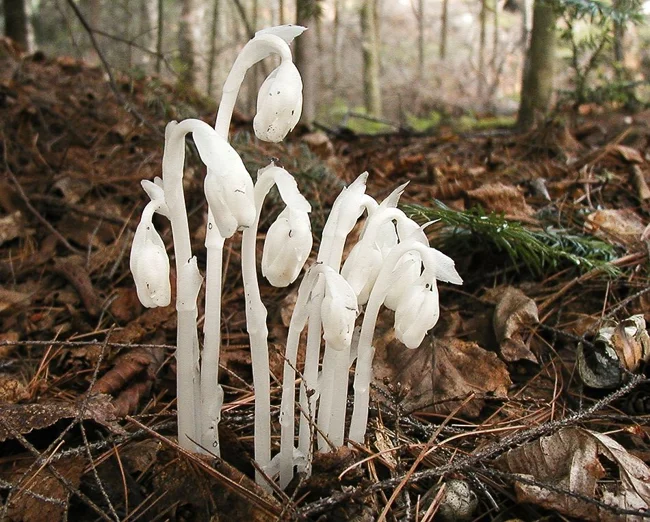
Spirits or corpse flower, as it is rightly called by the people for its surreal appearance, prefers moist, dense forests with solid leaf litter. 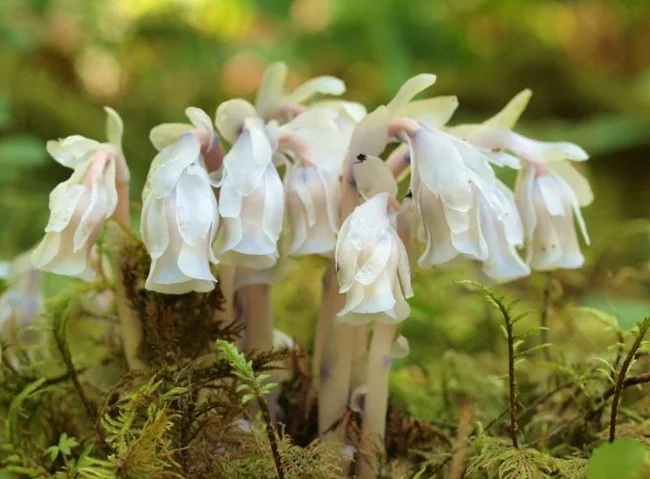
The plant's habitat is Wisconsin, North America and Japan. But close relatives are found in other places. 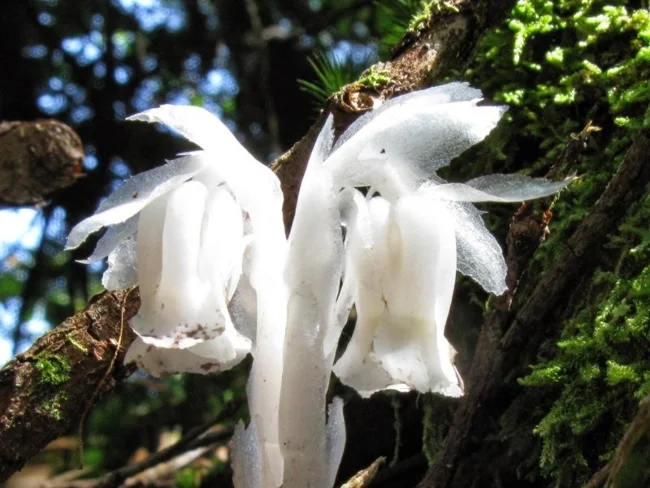
The otherworldly flower is a heterotroph. That is, it is not capable of synthesizing organic substances from inorganic ones through photosynthesis or chemosynthesis. But you need to eat. And the creeper discovered an effective way of feeding - he became a parasite. Mushroom. But not really. 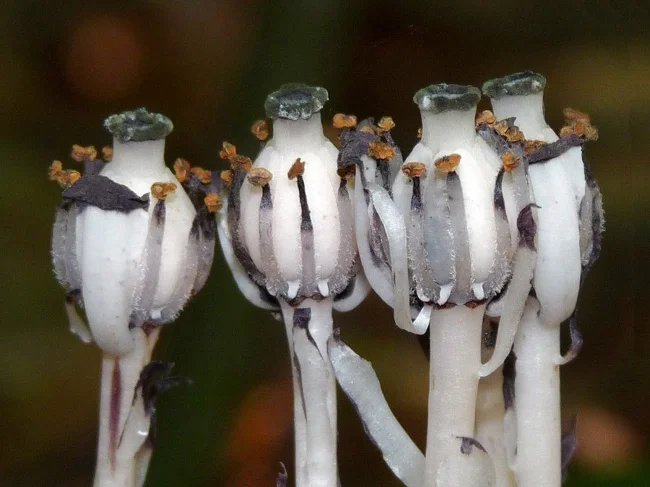
Thanks to access to the mycelium - the mycelium (and the podelnik interacts exclusively with russula and lacticifers), the delicate but cunning flower gains access through it to all the surrounding trees and, without a shadow of a doubt, uses nutrients, pulling them through the hyphae of the mushrooms. 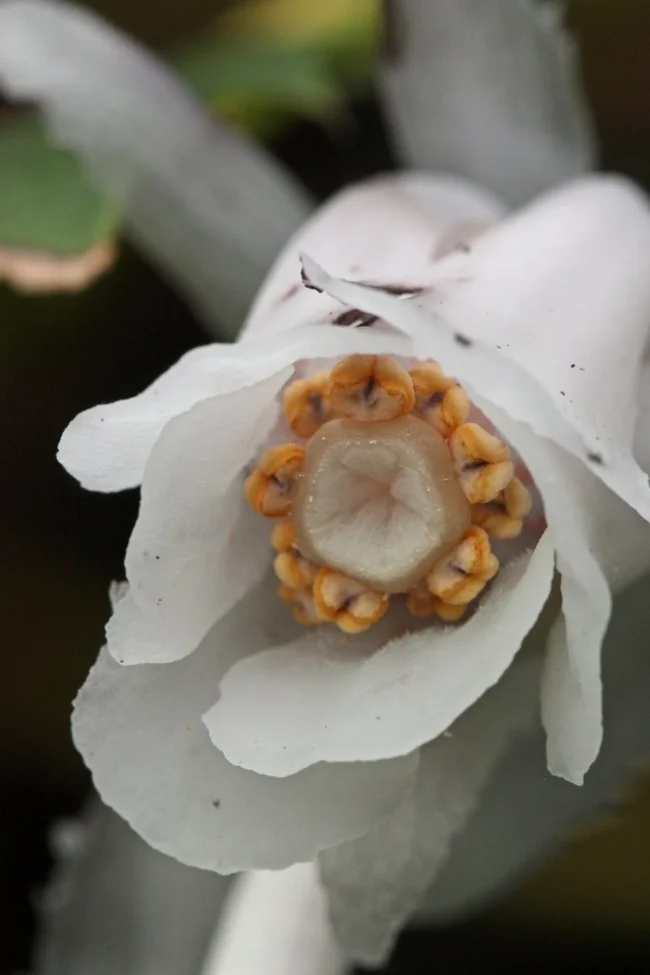
Trees and mushrooms cannot break the connection, because with their help they extract moisture and minerals. The relationship of podelniks with fungi is called monotropoid mycorrhiza. This is a type of symbiosis from which both members benefit. Plants increase the absorption area due to fungal hyphae, so it is easier for them to obtain water and important minerals. But mushrooms provide themselves with organic products of photosynthesis. 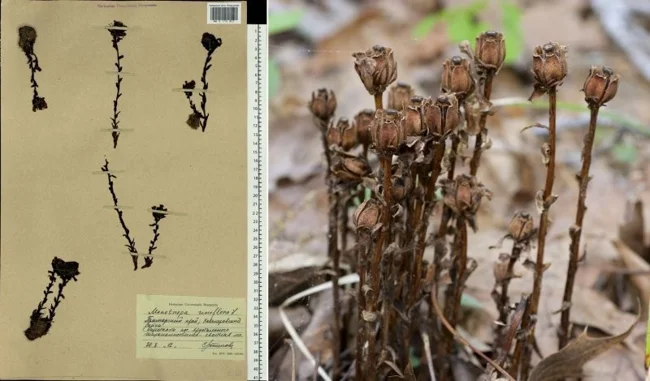
Pale flowers that steal from photosynthetics still acquire color at a certain point. Not particularly beautiful - brownish-brown. This happens during the ripening period, when the flower transforms into a box with tiny, light seeds that easily move in the wind to take root and find new donors.
0 comments
